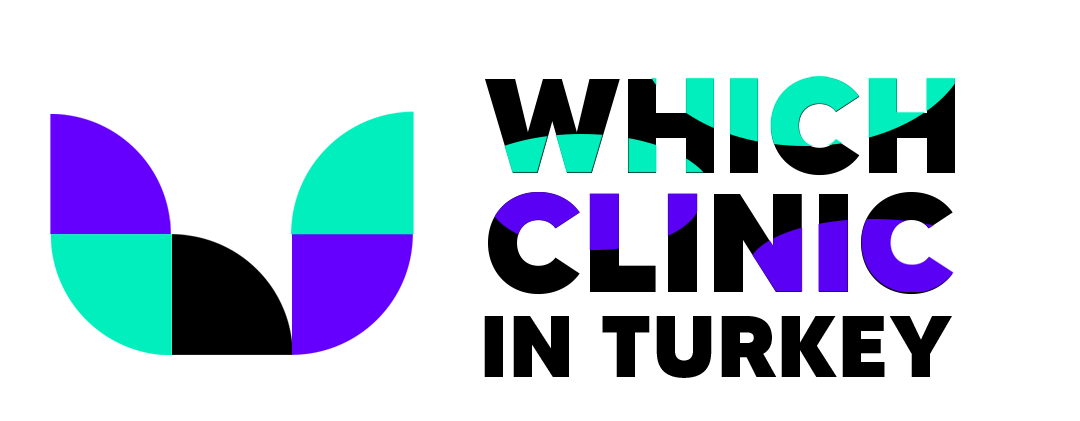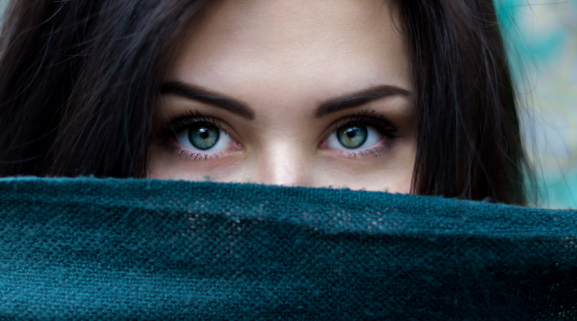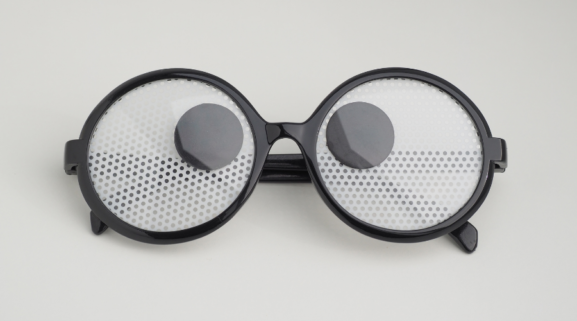Photodynamic Therapy
Photodynamic Therapy
What is Photodynamic Therapy?
It is a type of treatment applied as a result of the formation of abnormal vessels in the eye. In the treatment applied by giving a light-stimulated drug, the vessels are closed with a low-level laser. The low level laser applied is also known as cold laser.
How is Photodynamic Therapy Applied?
First, the light-excitable drug, verteporfin, is given. Verteporfin is injected into a vein in the arm. When the drug starts to take effect, a low-level laser is applied. Laser application takes about 80 seconds. The laser activates the drug called verteporfin and removes the abnormal vessels in the eye. The treatment is completed in as little as 20-30 minutes. During the laser application, your healthy tissues are not damaged. Your treatment is completed with minimal pain.
For Which Situations Can It Be Applied?
There are many areas where photodynamic therapy can be applied. Let’s list the main areas of use of photodynamic therapy, which is generally used in vascular diseases in the eye, in detail.
-Age-Related Macular Degeneration (AMD)
-Eye Tumors
-Decreased vision, Central Serous Chorioretinopathy
-Non-malignant Limited Choroidal Hemangiomas
-Retinal Capillary Hemangiomas, which are classified as benign tumors
-Polypoidal Choroidal Vasculopathy (PKV)
Is Photodynamic Therapy Repeatable?
Depending on how successful the treatment is and the patient’s response to the treatment, photodynamic therapy can be repeated if the doctor seems it necessary. There is no harm in repeating photodynamic therapy.
What are the Risks and Advantages of Photodynamic Therapy?
Photodynamic therapy has some risks and side effects. When these side effects occur, it is necessary to be informed about the risks so not to be worried and precautions are taken. It takes time for the drug called verteporfin, which is given intravenously, to be eliminated from the circulation. Therefore, it is necessary to protect from the sun for 3-5 days after the treatment. It is recommended to use sunglasses, long-sleeved clothes, a hat to protect your skin that has become sensitive to light, or if you do not have to go outside, it is recommended to stay at home during the hours of the sun.
Another side effect is the symptoms that may occur if you are allergic to verteporfin. In this case, you should contact your doctor immediately. Apart from these, temporary nausea, headache, dry eyes, irritation of the eyelids, low back pain and joint pain can be seen after the treatment.
Let’s talk about the positive aspects of photodynamic therapy, which stands out more with its advantages as well as its side effects. It ensures that you do not feel pain and suffering during the treatment. Thanks to the laser, only the damaged tissue is treated and the remaining healthy tissues are not damaged in any way. Although at a low level, its impact is profound. A harmonious process is experienced for patients who come to treatment. In the same session, many tissues can be treated in a short time. Sessions can be applied and no toxicity is observed in repeated applications. The most important advantage is an aesthetically perfect treatment result.
Prices of Photodynamic Therapy
The price may vary depending on the damage to your eye, your current disease and the recognition of your doctor. You should contact your doctor for detailed price information.



